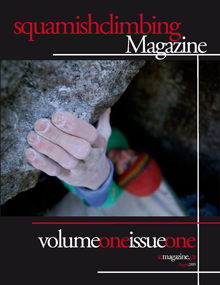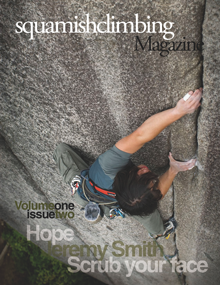We are please to have local physiotherapist William Bateman as a guest contributor for this training article.
In my two prior posts, we talked about how to integrate your core stabilizers into exercises used to train for climbing. The first looked at how to integrate your shoulders and anterior trunk muscles into your deadhang – see here. This can be a great tool to help you train static stability.
We then progressed by incorporating stability into our pull-up. The pull-up is a great way of training dynamic core stability (i.e. stability through movement) – see here.
In both of these exercises the feet are doing absolutely nothing. This is contrary to how we usually climb: we want to maintain foot contact as much as possible. We need a way of progressing anterior trunk and shoulder stability with both hand and foot contact. The push-up can help you do this.
Check out the video below to learn how to integrate anterior trunk and shoulder stability in the push-up.
All of the exercises we’ve discussed have emphasized anterior trunk engagement. These exercises are great at getting your feet high on the wall, or preventing them from pulling you off the wall when they cut. What about maintaining tension when your feet are on the wall, or pulling your hips into the wall? This requires a whole new set of muscles. Check out next week’s article and video to find out more.
Special thanks to Will for the video and tips! Will is a Physiotherapist practicing out of the Ground Up Climbing Centre and Squamish Integrated Health. You can see more of his videos here or visit his website at www.ProjectPhysio.com












